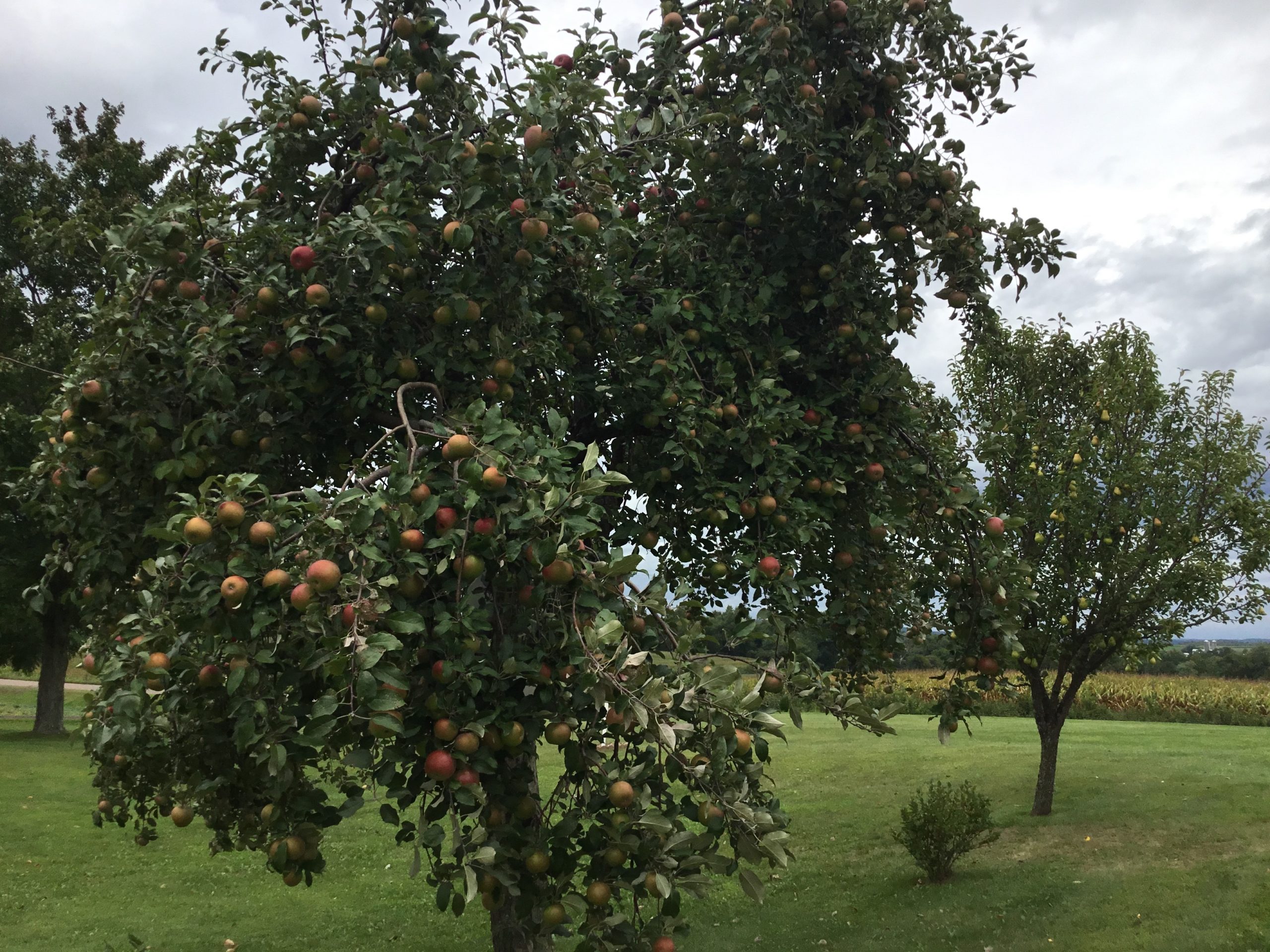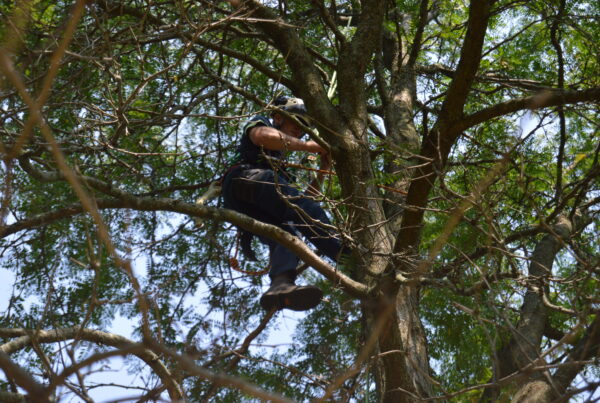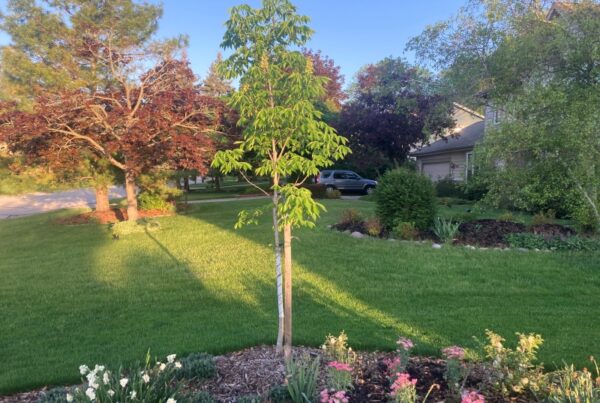There are several reasons fruit trees are an appealing option for your landscape.
- Fruit trees are pleasing to look at because of their shape and blossoms
- They grow produce that you can eat
- The food, water and shelter they provide attracts birds, butterflies and other wildlife
Perhaps you have existing fruit trees or are considering adding them to the yard. Here are five key tips to keep in mind:
Choosing a variety – What fruit tree is right for my zone? Are the trees self-propagating or are male and female plants required? Our arborists can recommend the best source and selection in addition to overall plant health care.
Right tree, right place – Before you select a tree, determine the best place to plant it. Make sure it’s far away from power lines, sewer lines, and sidewalks. Think about what the fruit tree will look like in ten years in the location you’ve chosen. Does that make it a good fit?
Here comes the sun – Fruit-bearing trees require the right amount of sunlight to achieve photosynthesis. If not, they will produce a small, low-quality crop.
Fruit tree maintenance – In addition to birds and other wildlife, bees will be drawn to the fruit. Is that a desirable outcome? Part of a tree’s crop can end up on the ground because of animals and high winds. Be prepared to conduct routine cleanup.
When to prune the tree – Fruit trees should be pruned every year, especially in the colder months when trees are dormant. You can prune a fruit tree in the summer if it’s producing too much fruit, is too large or has grown limbs considered a safety risk. Minimal pruning is allowed in summer months, but only minor cuts are recommended.
Our certified arborists make sure your fruit trees are properly trimmed to avoid breakage or overgrowth. Contact us for a consultation.




